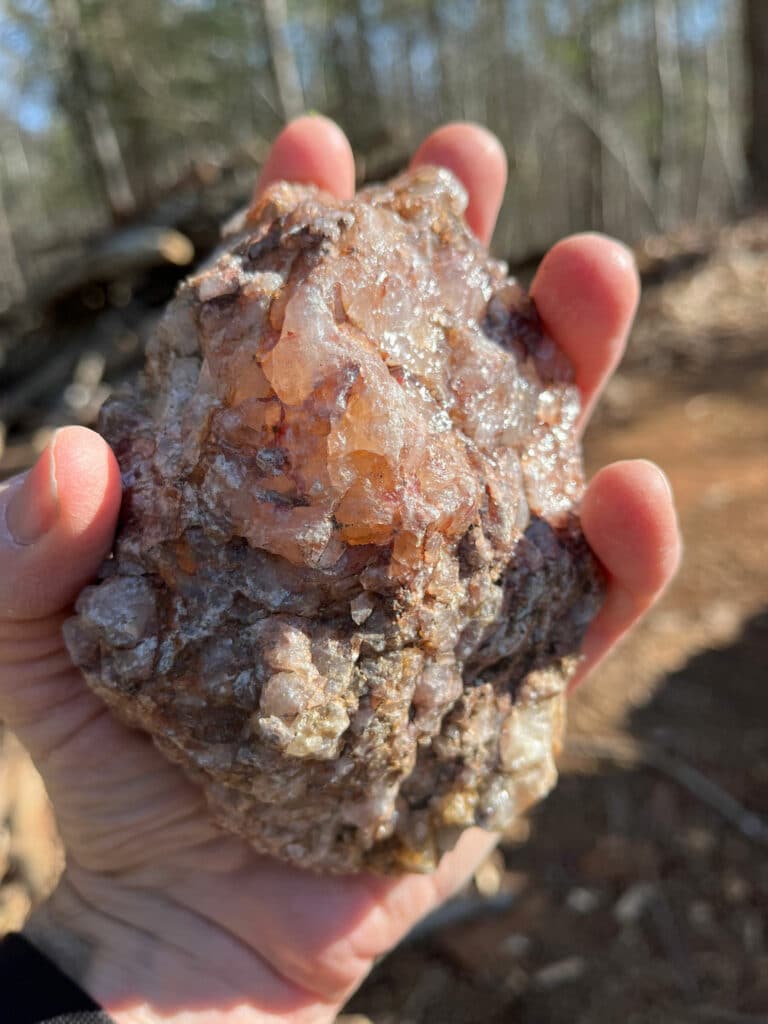Do ticks in this region carry Lyme Disease and Rocky Mountain Spotted Fever?
Yes. Even though Rocky Mountain Spotted Fever (RMSF) was first identified out West and Lyme disease was named after an outbreak in Lyme, Connecticut, these diseases are transmitted by tick species (the American dog tick and the deer tick, respectively) that are prevalent in the Southeast. The Centers for Disease Control estimates that of more than 20,000 cases of Lyme disease reported for the whole country, more than 4,000 (20%) occurred in the South Atlantic region. While total 2007 estimates for RMSF are significantly smaller (just over 2,000 cases), nearly half of all cases occurred in the Southeast. These infections are serious stuff. Most RMSF patients are hospitalized, and people with Lyme disease can suffer health problems years after diagnosis.
The good news? Prevention is as easy as making a few bold fashion statements this summer:
1) White is the new black. Wear light-colored clothing, which makes for easy tick spotting.
2)Tuck your pant legs into your socks. It’s a great way to show off your shapely ankles and keeps ticks from crawling up your legs.
3) Last but not least, and probably a favorite among your friends, don’t forget to shower. It’ll give you a chance to check yourself thoroughly for embedded ticks.
Why do tongues stick to cold metal?
With the winter’s experimental ice-capades behind us, it’s time to settle once and for all how a little innocent science could end in disaster, at least from the point of view of your oral extremities. Metal is a good conductor of heat. This means that it can very efficiently transfer heat from something hot to something cold. This is exactly what happens when you put your tongue (something hot) onto a flagpole in February (something cold). Heat is transferred away from your tongue faster than your body can replace it. As a result, whatever moisture is on your tongue eventually freezes and sticks. If you find yourself outside a school zone, a fresh-from-the-freezer fudgesicle should also do the trick, since the thermal conductivity of ice is only slightly below that of metal. According to the Manitoba Department of Education, the best way to avoid injury when removing tongues from frozen objects is to poor cool water on the affected area until all frozen saliva has melted.
Birds migrate and bears hibernate, but where do all the other animals go in winter?
Bears descend to dens and birds fly south for the winter, but let’s not leave the less cuddly arboreal treefrog out in the cold. A vast array of organisms cope with winter weather by living underground, slowing metabolic processes, and surviving on fat reserves. Many small mammals such as squirrels and chipmunks hibernate, although more intermittently than larger mammals. Picky eaters, whose preferred nuts or seeds stay snow-covered through the winter months, are less likely to venture out, while more adventurous backyard foragers are quick to brave the cold for last night’s pizza crusts.
What about all the bugs that we haven’t swatted or (gulp) swallowed during the summer’s outdoor activities? Insect behaviors in response to low temperatures are as diverse as insects themselves. Monarch butterflies migrate south; a number of moths get cozy in cocoons; lots of insects overwinter in eggs; others burrow below frozen soil, as do many amphibians and reptiles of temperate areas. Even insects of the Arctic can survive months of icy conditions by cold-hardening, a process by which they excrete nearly all liquids and produce anti-freeze compounds that maintain hydration and prevent cell damage from freezing.







